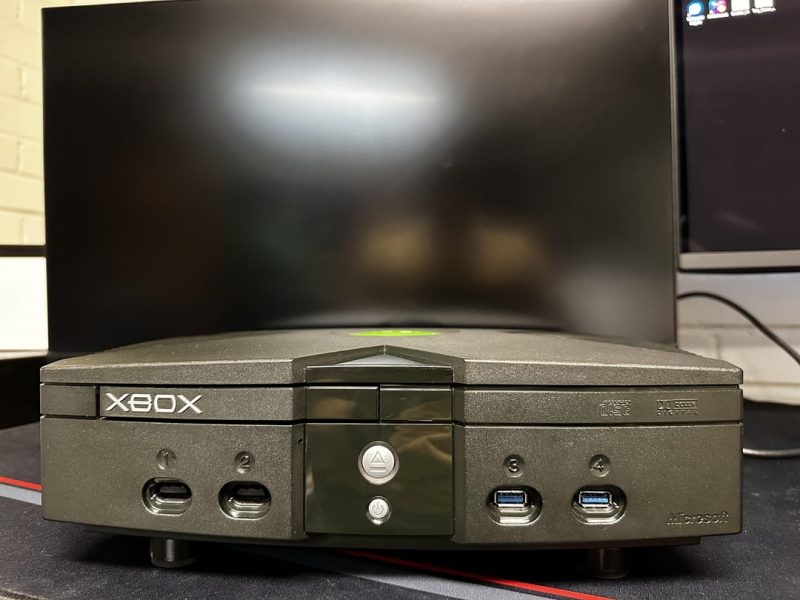Earlier this year, if you happened to be standing at a train station in New Jersey at a certain time of night, you might have seen a sleek new high-speed Acela zip by. The trains, which did 900 test runs between January and August, are expected to start commercial service on Amtrak’s Northeast Corridor line next spring.
They’re designed to be a better ride than the existing two-decade-old Acela trains, which carried nearly three million passengers last year. The new trains are quieter and designed to minimize vibration, so the ride feels smoother. They weigh less and are more aerodynamic; though the old trains are also electric, the new version uses less electricity to run. The first trains went into service in 2000, when cellphones were relatively rare; the new trains will have USB outlets (and regular outlets) at each seat. Winged headrests at each seat will offer a little privacy and prevent your neighbor from falling asleep on your shoulder. The trains will have an extra car, to carry around 25% more passengers, and will run more often. They’ll also be faster, at up to 160 miles an hour. The current trains are limited to 150 miles an hour.

The caveat: 160 miles an hour is still much slower than high-speed rail in other countries. In China, the Shanghai Maglev can travel at up to 285 miles per hour. Deutsche Bahn runs trains in Germany at up to 217 miles per hour. France’s TGV can run at nearly 200 miles an hour, with faster trains coming out next year. India is planning a new high-speed rail line that will also travel around 200 miles an hour, with help from Japan, where bullet trains go as fast.
Amtrak is limited by aging train tracks and curves along the route. “In most places in the world, when you’re doing high-speed rail, you’re designing the tracks and building the system at the same time that you’re building the trains,” says Dani Simons, VP of communications for Alstom, the French company that designed the new Acela trains and is building them in upstate New York. “Those tracks are generally designed to be very straight, very few curves. You’re not sharing tracks with other types of trains. Here in the Northeast Corridor, Amtrak had a really interesting and bold vision to bring high-speed trains to [an area] which had basically none of those qualities”.

Alstom, which also designed France’s high-speed trains, engineered Amtrak’s new trains to travel at up to 186 miles an hour—though that won’t be possible on this route. But new tilting technology means that the trains can better lean into curves, shaving some time off the journey. Amtrak also plans to upgrade some of the slowest parts of the route, like the B&P tunnel in Baltimore, which was originally built during the Civil War, so that trains will eventually go a little faster in those spots. (Right now, that tunnel is limited to 30 miles an hour).
Building a whole new track in the densely built Northeast is probably unlikely at this point. But new, truly fast routes are more feasible in other parts of the country.
Brightline is working on a high-speed rail line between Las Vegas and Southern California, with plans for trains that could travel at 186 miles an hour. (California’s long-delayed high-speed rail project is also under construction, though it’s possible that Trump could set the project back.) And Amtrak has proposed building a new high-speed line between Houston and Dallas. “Those are two major metropolitan cities that are a little too far to drive, a little too short to fly,” says Amtrak spokesperson Jason Abrams. The 240-mile route, which is fairly straight, would take less than 90 minutes.

Catching up with the rest of the world will take more investment. “A lot of this is historical in the sense that in the 1950s, America decided to get more into highways and roads and planes [instead of] trains, as opposed to counterparts in Europe and Asia,” says Abrams. Over the last half-century, the U.S. has invested $120 billion in rail, he says. (Around half of that came from the Bipartisan Infrastructure Law in the past few years.) Since 2000, the U.S. invested $1.3 trillion in highways. Europe invested a trillion dollars in rail over the last two decades.
Faster trains, of course, could help better compete with carbon-intensive driving or flying. The climate benefit is especially big for the Acela trains, which run on electricity. The current trains reduce emissions compared to flying by 73%, and have 83% lower emissions than driving. The new trains will have a carbon footprint that’s even lower.
Fonte Fast Company




